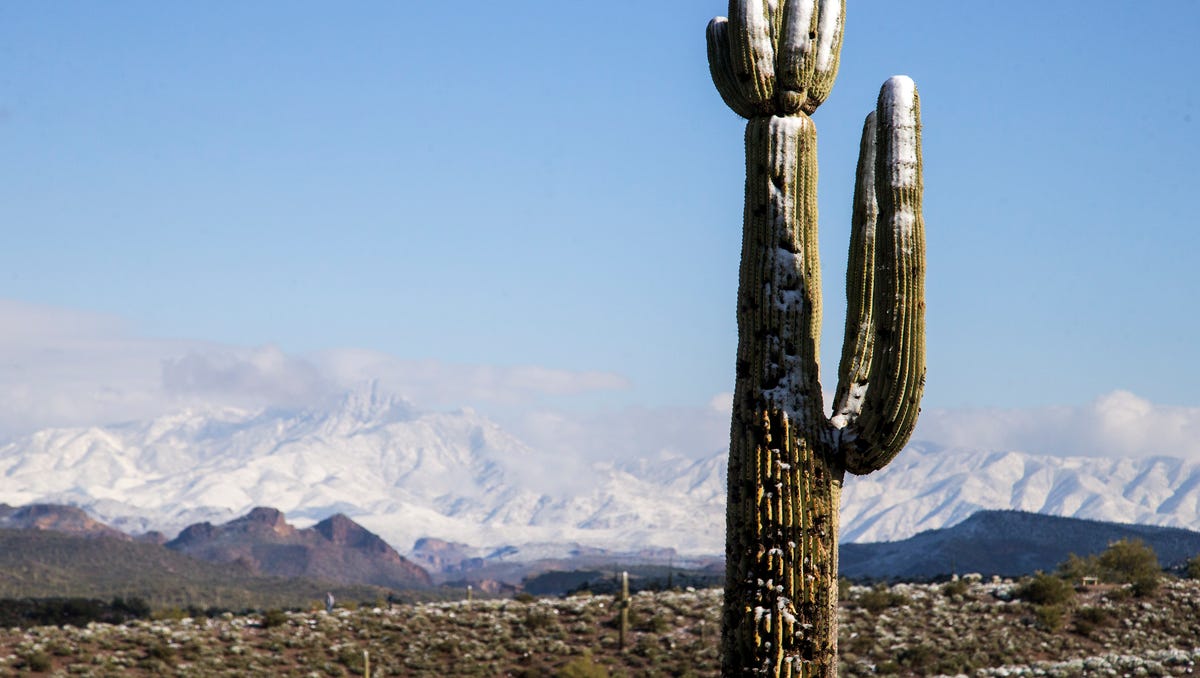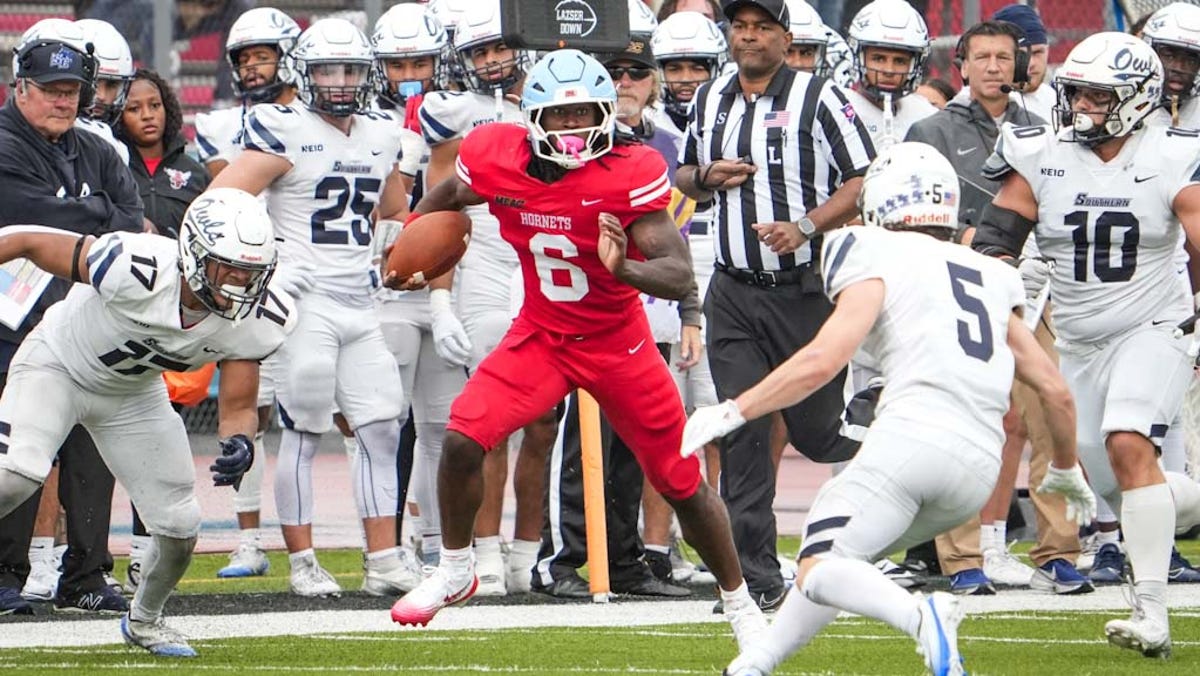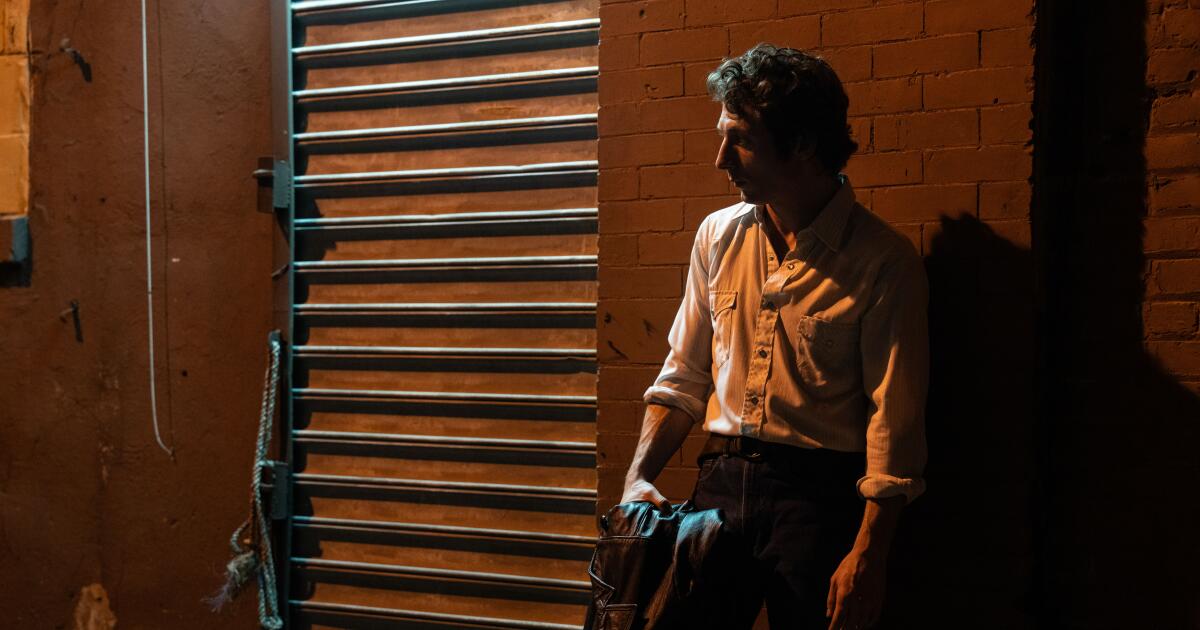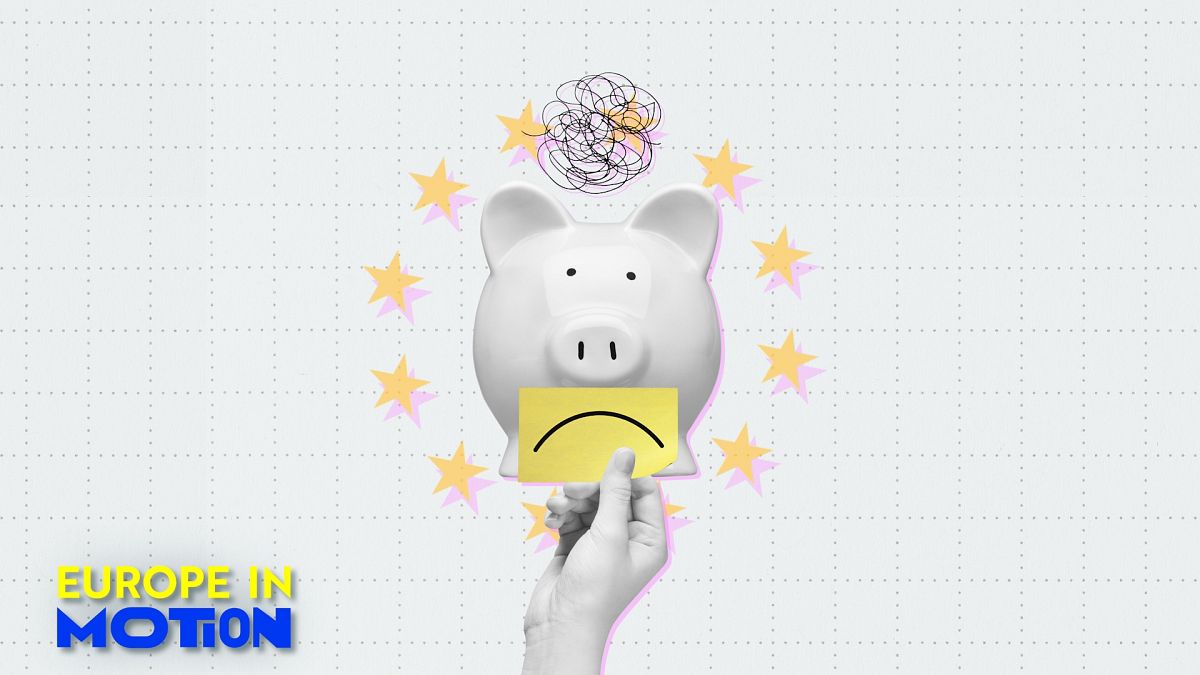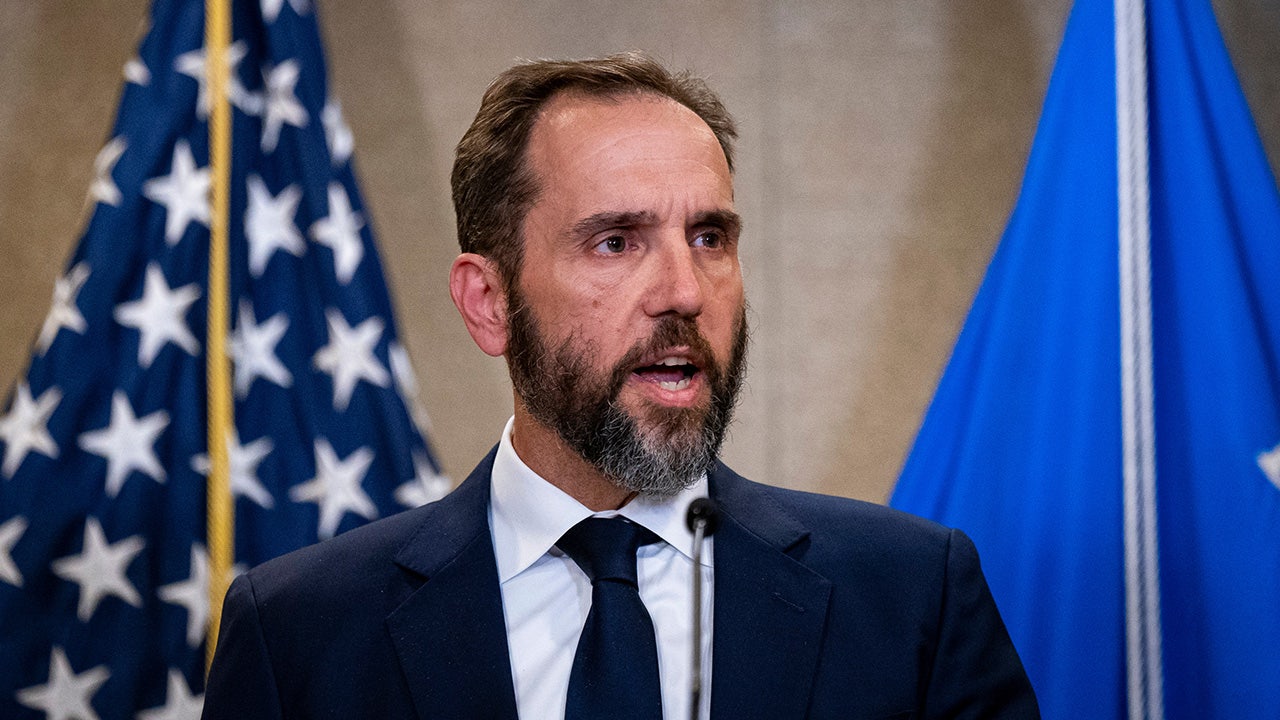San Francisco, CA
San Francisco 91, N. Arizona 51

Campisano 0-3 0-0 0, Fort 2-3 0-0 5, Jackson 2-5 0-0 5, Lloyd 3-7 2-4 9, McLaughlin 3-12 0-0 7, Ford 1-3 4-4 7, Reynolds 2-4 1-2 5, Madi 0-2 2-2 2, Basham 1-4 1-4 3, Abelman 1-4 0-0 3, Kai 0-1 2-2 2, Musaka 1-2 0-0 3. Totals 16-50 12-18 51.
Mogbo 8-8 0-0 16, Newbury 2-2 0-0 4, Sharavjamts 3-6 0-0 9, Thomas 7-10 0-0 19, Williams 4-6 2-2 12, Ry.Beasley 1-3 0-0 2, Todorovic 2-6 2-2 7, Wang 3-8 2-2 11, Hawthorne 1-3 0-0 3, Kunen 1-2 0-0 2, Markovetskyy 2-3 0-0 4, Bieker 1-1 0-0 2. Totals 35-58 6-6 91.
Halftime_San Francisco 48-26. 3-Point Goals_N. Arizona 7-22 (Jackson 1-1, Musaka 1-1, Ford 1-2, Fort 1-2, McLaughlin 1-3, Abelman 1-4, Lloyd 1-4, Basham 0-1, Campisano 0-2, Madi 0-2), San Francisco 15-30 (Thomas 5-7, Sharavjamts 3-5, Wang 3-6, Williams 2-3, Hawthorne 1-3, Todorovic 1-4, Ry.Beasley 0-2). Rebounds_N. Arizona 17 (Reynolds, Abelman 3), San Francisco 38 (Mogbo 9). Assists_N. Arizona 9 (Lloyd, Ford, Basham 2), San Francisco 21 (Williams 6). Total Fouls_N. Arizona 9, San Francisco 15. A_1,582 (5,300).

San Francisco, CA
Feds say they will target ‘worst of the worst’ in San Francisco

SAN FRANCISCO (KRON) — The Trump administration is sending more than 100 federal agents to San Francisco, KRON4’s network partner NewsNation reported. U.S. Immigration and Customs Enforcement (ICE) and U.S. Customs and Border Protection (CBP) agents will be arriving as early as Thursday.
Department of Homeland Security Secretary Kristi Noem said federal agents will be going into San Francisco “at the direction of the president.” ICE and CBP operate under DHS.
A CBP spokesperson told KRON4 Wednesday, “DHS is targeting the worst of the worst criminal illegal aliens — including murderers, rapists, gang members, pedophiles, and terrorists — in cities such as Portland, Chicago, Memphis and San Francisco. As it does every day, DHS law enforcement will enforce the laws of our nation.”
ICE keeps a list of recently detained undocumented immigrants whom the agency considers to be the “Worst of the Worst” criminals.
San Francisco leaders are vehemently against escalating immigration enforcement in their city.
Mayor Daniel Lurie said, “We don’t know exactly what the federal government is planning in San Francisco and across the Bay Area. But we do know this federal administration has a playbook. In cities across the country, masked immigration officials are deployed to use aggressive enforcement tactics that instill fear, so people don’t feel safe going about their daily lives.”
Speaker Emerita Nancy Pelosi wrote, “Reports of a planned mass immigration raid in the Bay Area are an appalling abuse of law enforcement power. Broad sweeps that target families and terrorize law-abiding residents betray our nation’s values.”
District Attorney Brooke Jenkins said she will prosecute federal agents who use excessive force in her city. “If a federal agent breaks the law, they must be held accountable,” Jenkins wrote.
NewsNation reported that ICE and CBP agents will be dispatched to Coast Guard Island in Alameda. The U.S. Coast Guard is part of the Department of Homeland Security.
A USCG spokesperson told KRON4, “The U.S. Coast Guard is providing facility support to Customs & Border Protection as requested. The Coast Guard is focused on ensuring safe and secure operations in support of federal partners.”
San Francisco, CA
George Kittle’s return gives glimpse of healthy 49ers offense
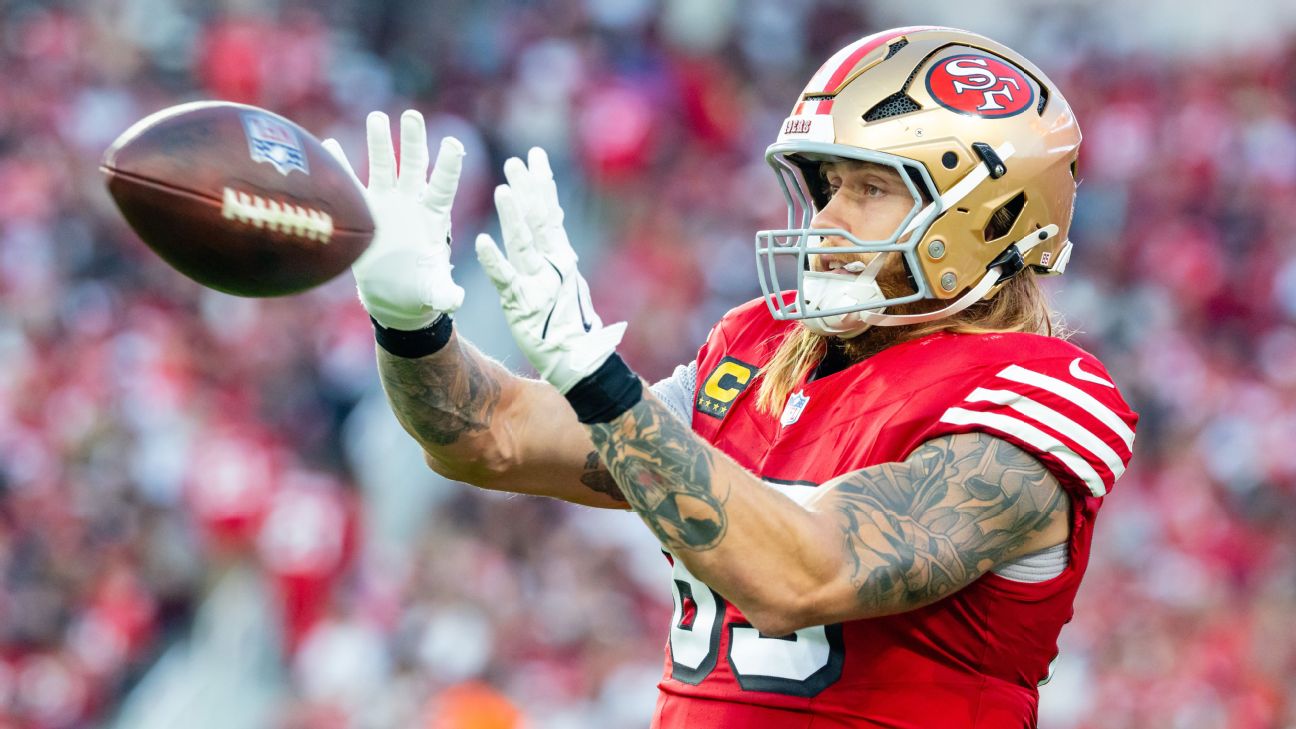
SANTA CLARA, Calif. — On Sunday night, moments after playing an entire game without a catch for the first time in his eight-plus NFL seasons, San Francisco 49ers tight end George Kittle was his usual, chipper self.
Kittle didn’t mind much that his 114-game run of catches, the second-longest streak by a tight end to start a career since the 1970 AFL-NFL merger, had ended. Quite the opposite, in fact, after he played a prominent role in jump starting the Niners’ run game in a 20-10 victory against the Atlanta Falcons.
“I would love to get the football,” Kittle said. “I love catching the ball. I love hitting people and I love running in the open space. But like I said, if other guys are taking advantage of the opportunity and they’re winning their one-on-ones, I’ll take it. I want to win, and I want to just keep winning because that’s way more fun than having 100 yards and losing.”
If the Niners (5-2) are going to keep winning, Kittle will have to play a significant role in it — whether as a blocker in the run game, a receiving threat in the pass game, a magnet for attention from opposing defenses or some combination of all three.
But while Kittle’s return from the right hamstring injury that kept him out for five games didn’t come with big numbers, it offered a glimpse of what the Niners offense could be when quarterback Brock Purdy and wideout Ricky Pearsallreturn, too.
According to coach Kyle Shanahan, Purdy (right big toe) and Pearsall (right knee) will be monitored as the week goes on before deciding if either could return Sunday against the Houston Texans(1 p.m. ET, Fox).
There’s still no definitive timetable for receiver Brandon Aiyuk (right knee) to return to practice though Shanahan has indicated Week 10 could be a logical landing spot. Guard Ben Bartch (right ankle), guard Spencer Burford (knee) and wide receiver Jacob Cowing (hamstring) are also nearing a return.
All of which means the 49ers could be getting serious offensive reinforcements soon, though with this team there’s no such thing as fully healthy. (Example A: The offense will be without center Jake Brendela “couple of weeks” due to a hamstring injury.)
Getting closer to full strength on offense is ideal considering the defense is working through the seasonlong absences of linebacker Fred Warner (dislocated and fractured right ankle) and end Nick Bosa (torn right ACL).
“We’re going to have to step up,” right tackle Colton McKivitz said. “On offense, is there a little more urgency to score? Yeah. Is there a little more urgency to run the ball better? Yeah, I mean, same thing in the pass game. It is just time for us to start hitting on all cylinders.”
Through the first seven games, the Niners might have been a few cylinders short, but that doesn’t mean they haven’t been productive. A closer inspection of their output would suggest the offense is close to breaking through into the league’s top echelon, if only they can improve in a few key areas.
As it stands, the 49ers are sixth in the NFL in yards per game (366.6) and average time of possession (31:51), fifth in first downs per game (22.1) and second in third-down conversion rate (47.5%) but are 23rd in points per game (20.7) and 18th in yards per play (5.3).
The disconnect can be traced to turning the ball over too much (11, tied for fifth most), struggling to finish drives in the red zone (47.8%, 25th in the league) and a lack of explosive plays on offense (a combined 38 runs of 10-plus yards and receptions of 20-plus yards, tied for 19th).
At least one solution for all of those problems can be found in Kittle, who has fumbled twice in his career, scored the third-most red zone receiving touchdowns (21) among tight ends since 2021 and has the second-most receptions of 20-plus yards (116) among tight ends since entering the league in 2017.
Even when Kittle isn’t catching the ball for big gains, his impact in the run game is undeniable and unlocking that part of the offense should positively impact those aforementioned problem areas. In San Francisco’s first six games, it had just nine explosive runs (gains of 10-plus yards). With Kittle back against the Falcons, the Niners had eight such carries.
Having Kittle in the lineup adds a dominant run blocker to the mix and keeps defenses honest, which is why the Falcons threw double and triple teams at Kittle while running back Christian McCaffrey feasted. That script could flip at any time, and getting Aiyuk, Pearsall and others back will only expand those options.
“Everything changes [with those guys],” wideout Kendrick Bourne said. “Not to take away from anybody else, but George is one of one. … Can’t wait to have him and Ricky back to just help us, but he’s going to open up a lot of different windows for me, for CMC, for everybody else and it is going to be fun.”
Getting the big plays back in the mix is another priority for the 49ers, though there’s also a notable trend around the NFL where defenses are doing everything they can to take them away and force offenses to execute drives of a dozen or more plays without making a mistake.
Since Shanahan arrived in 2017, the Niners have 999 explosive plays, the most in the NFL. But those plays have been harder to come by this season as defenses have focused on McCaffrey and dared a rotating cast of pass catchers to do damage down the field.
“It’s harder in general to get explosives in the league now, the way defenses play,” 49ers offensive coordinator Klay Kubiak said. “It’s not something you’ve got to overcorrect or anything. You think those will come your way if you keep playing the right way.”
None of that takes away from what tight endsJake Tonges and Luke Farrell and receivers Bourne, Jauan Jennings and Demarcus Robinsonhave done to keep the offense afloat through the first part of the season. It’s just the reality of how defenses are approaching the Niners when they don’t have their full complement of stars. It’s also part of what has made McCaffrey’s performance so impressive. Every defense knows he’s getting the ball more often than not and he still leads the league in scrimmage yards (981).
So long as he’s healthy, the offense will remain McCaffrey-centric for the foreseeable future.
But it’s not hard to envision a day soon where defenses must pick their poison. In the meantime, the Niners don’t expect to be at full strength again this season. For they know better than most what is required of them in the absence of so many important players.
“There’s some teams that just get brutally hit with injuries, and at the end of the day, outside of your locker room, nobody really gives a s—,” Kittle said. “And regardless of who’s out there and who’s not out there, the Niners are going to try to play with the standard that we’ve set.”br/]
Copyright © 2025 ESPN Internet Ventures. All rights reserved.
San Francisco, CA
2026 MLB notable series for San Francisco if Tony Vitello were manager
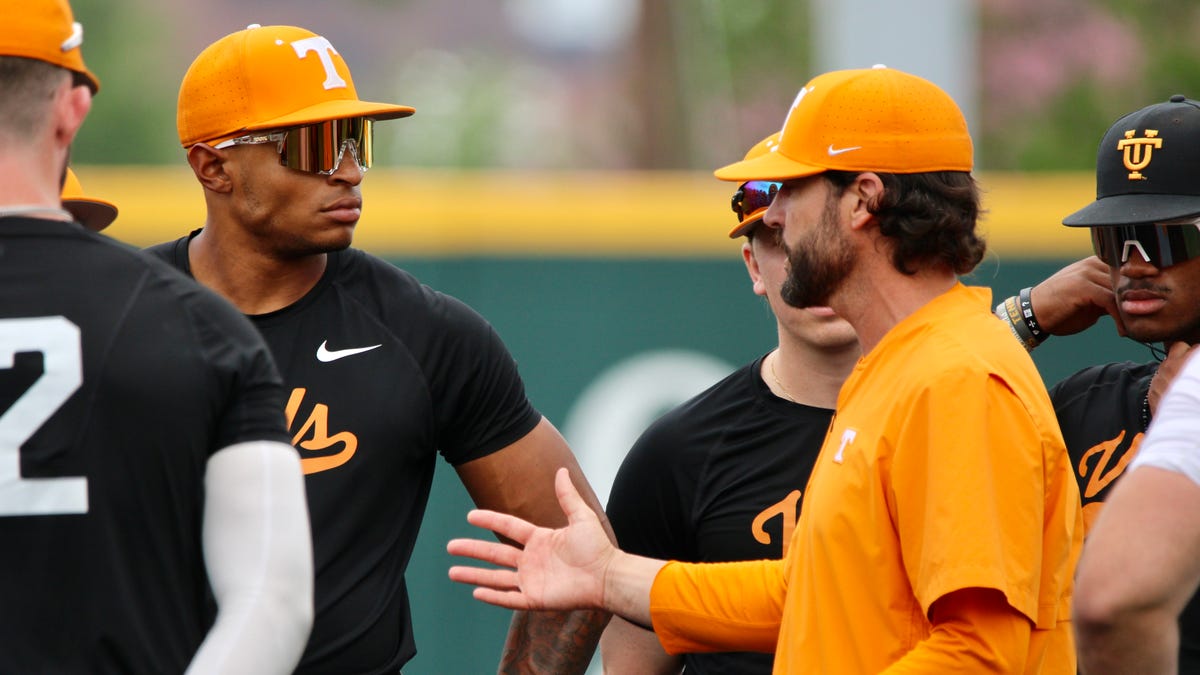
The 2025 Major League Baseball World Series will be contested between National League winner Los Angeles and American League winner Toronto.
The World Series will begin Friday and conclude Nov. 1.
The 2026 MLB regular-season schedule was released on Aug. 26. March 25, 2026 will mark opening day with one game being contested between San Francisco and the Yankees at Oracle Park in San Francisco, California.
Tennessee baseball head coach Tony Vitello is a candidate for the Giants’ vacant manager position.
“The decision on whether Tennessee coach Tony Vitello will be the next manager of the San Francisco Giants is expected to come in the next 24 to 72 hours, sources tell me and Pete Thamel,” Jeff Passan of ESPN announced on social media Oct. 18.
If Vitello were to become the Giants’ manager, he and San Francisco would have notable series in 2026 and are listed below.
2026 MLB notable series for San Francisco if Tony Vitello were manager
- March 25-28 versus the Yankees
- April 6-8 versus Philadelphia and Bryce Harper
- April 14-16 at Cincinnati and potentially versus Chase Burns
- April 21-23 versus the Dodgers
- April 28-30 at Philadelphia and Bryce Harper
- May 8-10 versus Pittsburgh and potentially against Paul Skenes
- May 11-14 at the Dodgers
- May 15-17 at the Athletics
- May 29-31 at Colorado against Jordan Beck, and potentially Chase Dollander and Seth Halvorsen
- June 1-4 at Milwaukee against former Maryville College head coach Pat Murphy and former Vol Julio Borbon
- June 5-7 at the Cubs and Wrigley Field
- June 16-18 at Atlanta
- June 23-25 versus the Athletics
- July 3-5 at Colorado against Jordan Beck, and potentially Chase Dollander and Seth Halvorsen
- July 9-12 versus Colorado and Jordan Beck, and potentially Chase Dollander and Seth Halvorsen
- July 24-26 versus the Angels and Christian Moore, and potentially Ben Joyce and Chase Silseth
- Aug. 14-16 versus Colorado and Jordan Beck, and potentially Chase Dollander and Seth Halvorsen
- Aug. 21-23 at Boston and potentially against Garrett Crochet
- Aug. 24-26 versus Cincinnati and potentially versus Chase Burns
- Sept. 1-3 at Pittsburgh and potentially against Paul Skenes
- Sept. 7-9 versus St. Louis
- Sept. 18-20 at the Dodgers
- Sept. 25-27 versus the Dodgers
*Toronto and former Missouri pitcher Max Scherzer is in a one-year, $15.5 million contract with Toronto in 2025.
Follow Vols Wire on Facebook and X (formerly Twitter).
-

 World2 days ago
World2 days agoIsrael continues deadly Gaza truce breaches as US seeks to strengthen deal
-
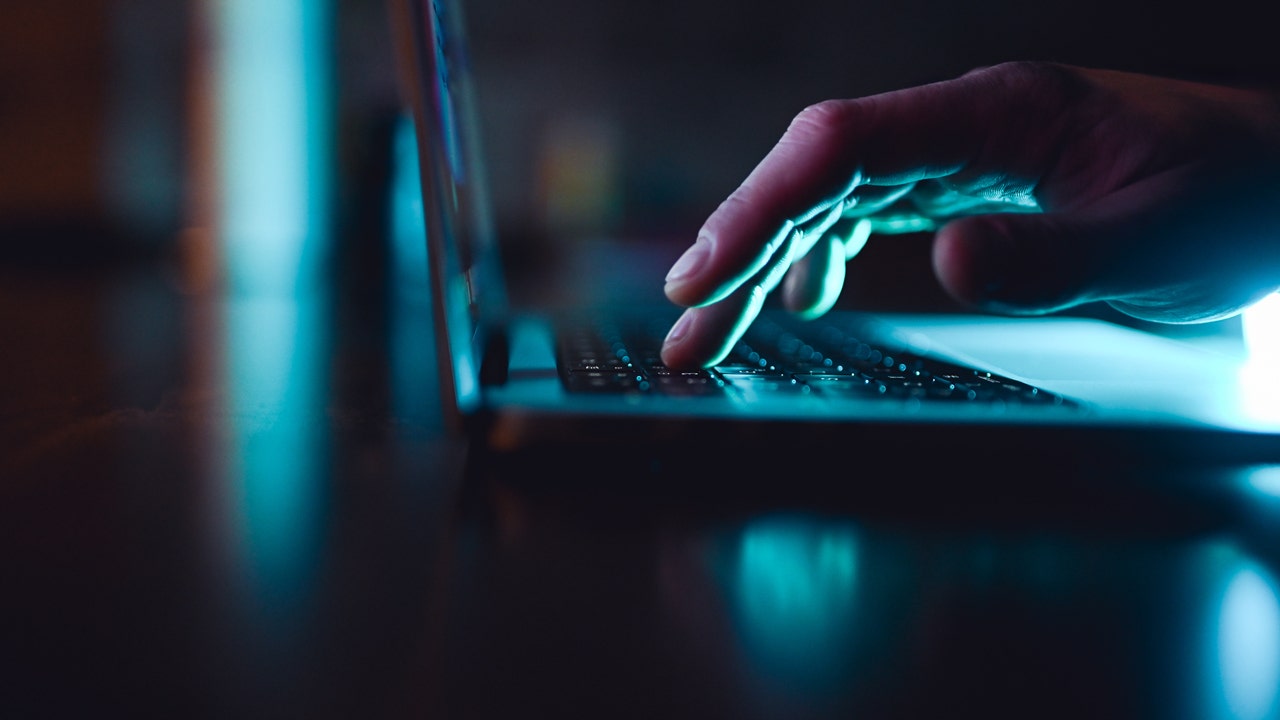
 Technology2 days ago
Technology2 days agoAI girlfriend apps leak millions of private chats
-
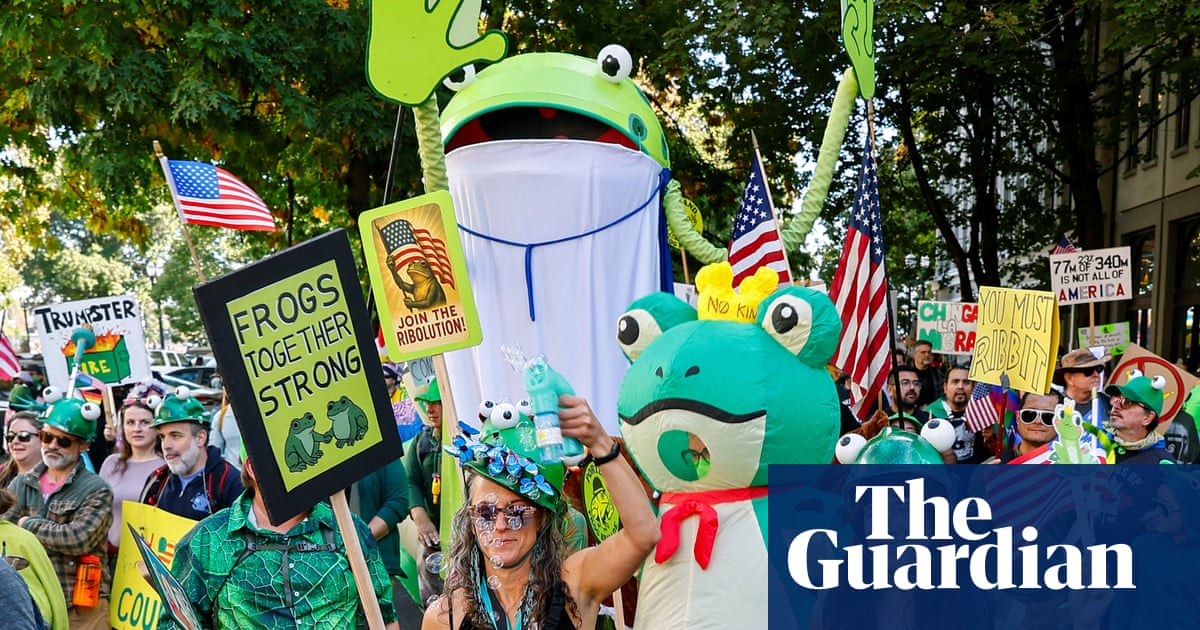
 News2 days ago
News2 days agoTrump news at a glance: president can send national guard to Portland, for now
-

 Business2 days ago
Business2 days agoUnionized baristas want Olympics to drop Starbucks as its ‘official coffee partner’
-
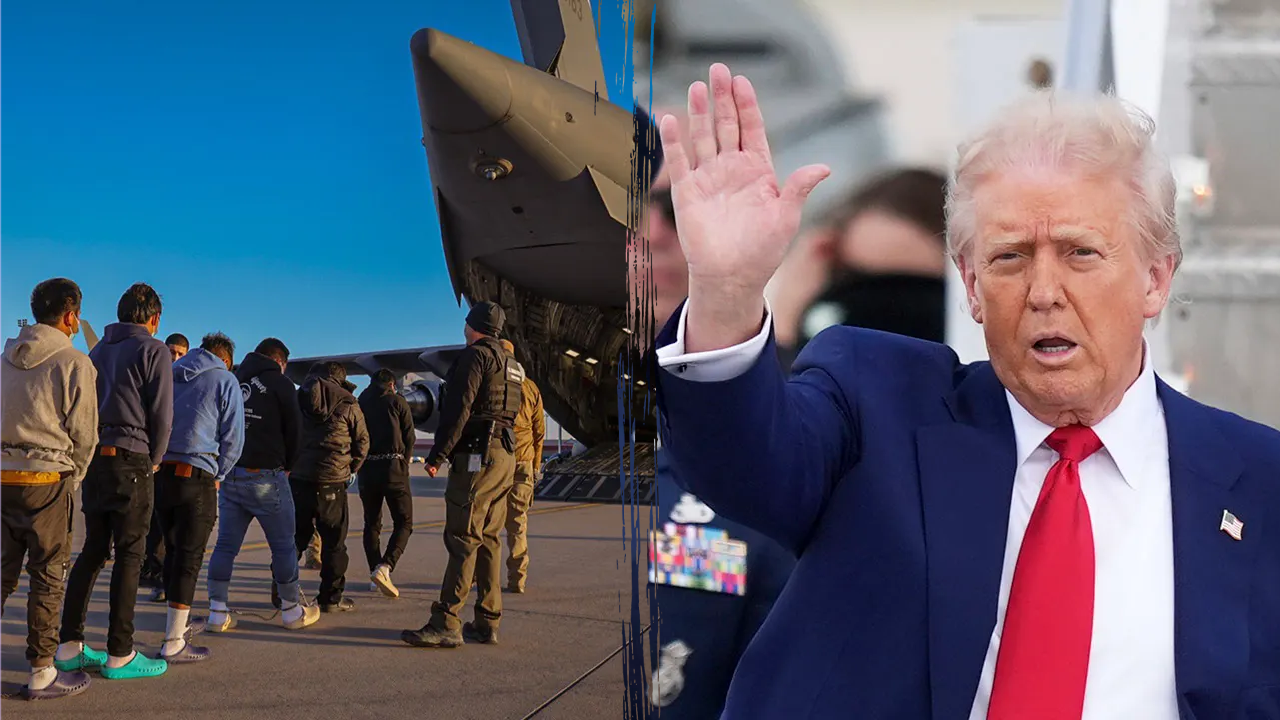
 Politics2 days ago
Politics2 days agoTrump admin on pace to shatter deportation record by end of first year: ‘Just the beginning’
-
Science2 days ago
Peanut allergies in children drop following advice to feed the allergen to babies, study finds
-

 News1 day ago
News1 day agoVideo: Federal Agents Detain Man During New York City Raid
-

 News2 days ago
News2 days agoBooks about race and gender to be returned to school libraries on some military bases

